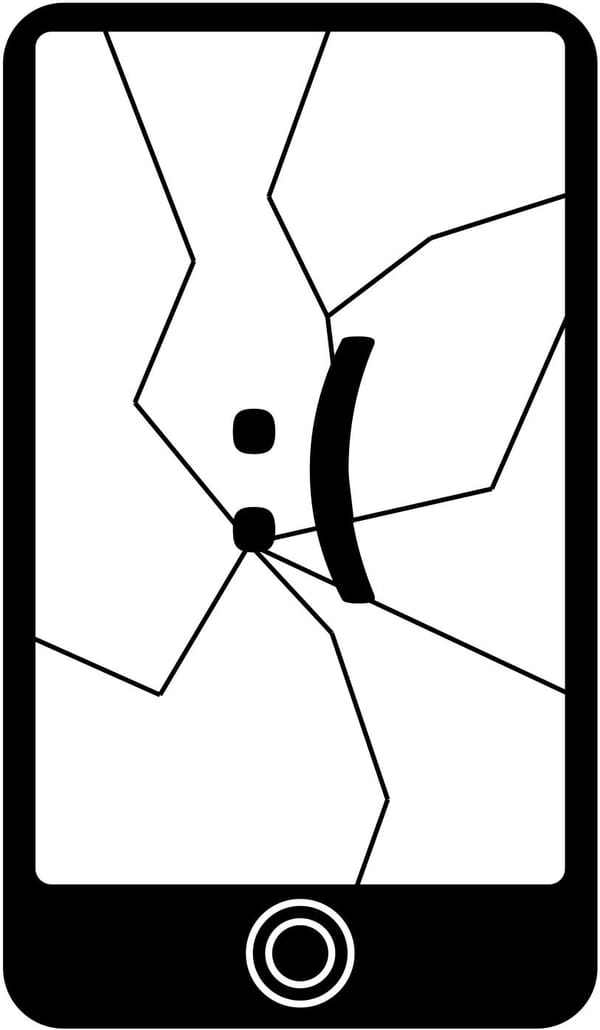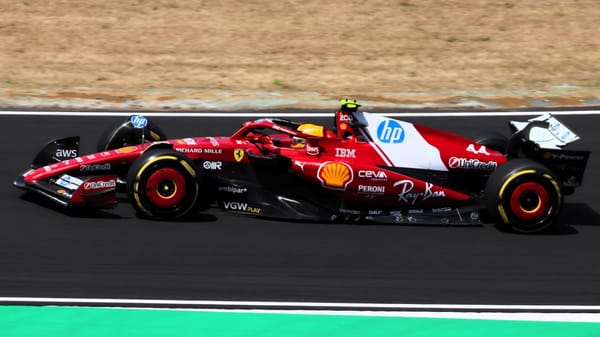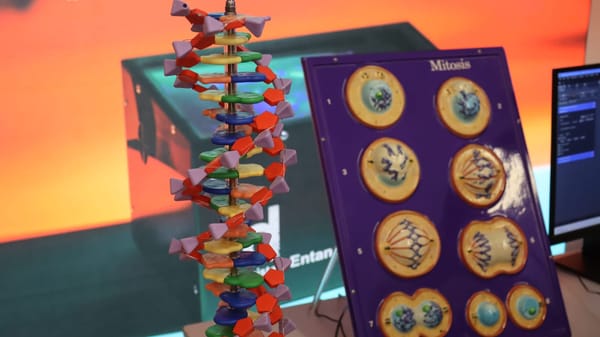London Students’ Neuroscience Network
An impressive collaboration for the London medical schools neuroscience societies

Last weekend, Imperial played host to the largest ever student-led Neuroscience conference, organised under the banner of the London Students’ Neuroscience Network (LSNeuroN). For the first time, neuroscience societies of the five London medical schools – Imperial, UCL, King’s College London, Bart’s and St George’s – collaborated to put together the weekend affair, consisting of keynote speeches and a wide variety of symposia organised by each neuroscience society, as well as a poster prize session.
Keynote speakers included Nobel Laureate in Physiology or Medicine 2014 Professor John O’Keefe, who spoke to an overflowing SAF lecture theatre about his discovery of “place cells” that form a kind of “inner GPS” of the brain, for which he was awarded the Nobel Prize. Professor John Donoghue, who hails all the way from Brown University in the states, was here to talk about his work which allows paralysed people to control artificial limbs with their thoughts. Professor Maria Spillantini travelled from Cambridge to talk about her work on neurodegenerative disease, while Sir Colin Blakemore spoke about the workings of perception.
In addition to the impressive line-up of big names in neuroscience, the selection of symposia showcased the latest research in all aspects of neuroscience, from a panel discussing artificial intelligence to a neuroscience ethics workshop to an exploration of the interactions between neuroscience and art. Imperial’s Neuroscience Society organised the wildly popular brain dissection workshop by Professor Steve Gentleman, where delegates got to see first-hand the dissection of a preserved brain and explore its pathology. Professor David Nutt was also there to give his talk on psychoactive substances, which was followed by a heated debate about the risks and benefits of recreational drugs.
[Nobel Laureate] John O’Keefe spoke to an over-flowing SAF
Interestingly, part of a Channel 5 documentary on a child born with just 2 per cent of brain matter (but who is now a developing normally as a toddler) was filmed at the conference, as delegates were inspired by the family’s story and a short presentation on the science behind it. The conference was also a fantastic networking opportunity for students in the field, as they were introduced to the most exciting research and the people involved. Delegates had a chance to mingle with top researchers in the field during the wine reception (which featured a live band!) as well as learn from each other during the poster presentation session.
Over the two days, the conference attracted almost 400 delegates from all over the country and even a significant number from abroad. They were a mix of undergraduate medical students, masters and PhD students, as well as post-doctoral researchers and professionals working in related fields such as music therapy.
This would not have been possible without the contributions and hard work from all the universities, fulfilling LSNeuroN’s aim to foster collaboration among the neuroscience community in London. This is its biggest event to date, and a promising testament to the variety and quality that can result from such a collaboration. Imperial’s Neuroscience Society is proud to be involved as part of the core and organising committees of the conference and a host of this very successful conference.










